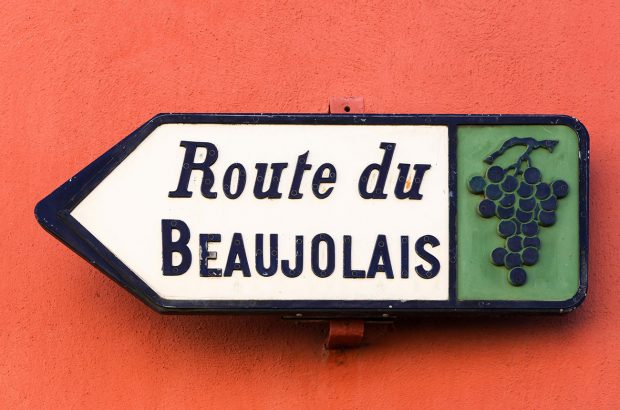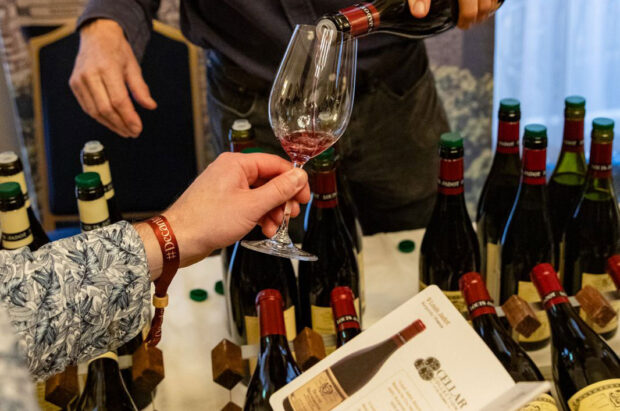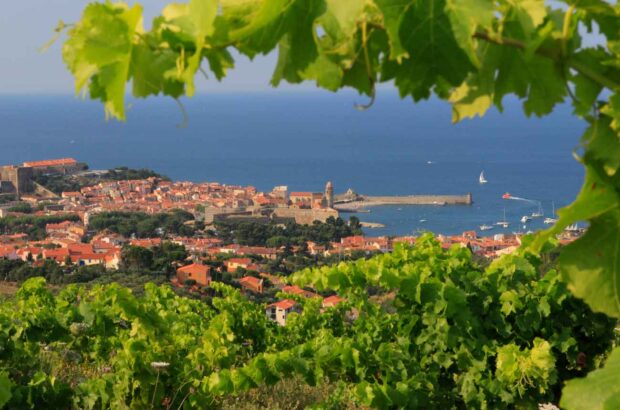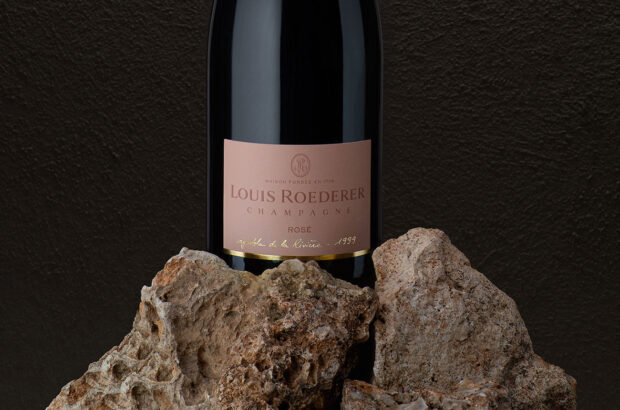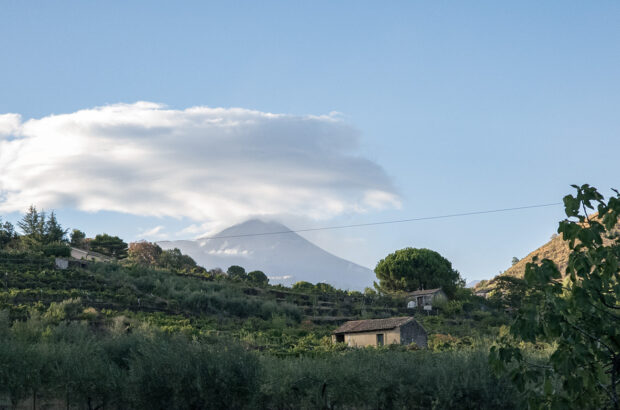Read about rum
If you’re keen to expand your rum knowledge, a new book by global rum ambassador Ian Burrell has you covered. Published this month, Rum: A Tasting Course explores the history and culture of rum, covering everything from how and where it’s made to different styles and understanding flavours and aromas. There’s practical advice on how to taste, with reviews of more than 100 rums by region to give you inspiration. The final part of the book is dedicated to rum cocktails, with easy-to-follow, illustrated recipes and recommendations on the best bottles to choose for each mix. In full colour, including an impressive selection of vintage illustrations and photographs, plus flavour maps, it’s an engaging read for novices and rum aficionados alike. £20 DK
What is… a worm tub?
This is a term that might be familiar to whisky geeks. Worm tubs can be found outside some Scotch distilleries. They’re large vats (the tub) of cold water that contain a long coiled copper pipe (the worm). The pipe is connected to the top of a still, where spirit vapour is collected. As the vapour travels down the worm, it cools and condenses back into liquid form. Worm tub condensers are credited with creating a heavier style of whisky; though they’re less efficient than the more popular shell and tube condensers. Distilleries that prefer to use worm tubs include Brora, Dalwhinnie, Speyburn, Springbank and Talisker.
What to drink now… Last Word
Unlike those of most other cocktails, the origins of the Last Word aren’t disputed or lost to history. This pre-Prohibition mix was created at the Detroit Athletic Club (DAC) and its name appeared in print for the first time in a 1916 issue of the club magazine. A blend of equal parts gin, maraschino cherry liqueur, Chartreuse and lime juice, it’s a drink whose popularity waned in the second half of the 20th century. But it became part of the modern cocktail revival when it was championed by the late Murray Stenson on his 2003 menu at the Zig Zag Cafe in Seattle. It was reinstated on the menu at DAC in 2009. Chartreuse is a French herbal liqueur produced in green and yellow versions. This recipe calls for Green Chartreuse (Alc 55%, £42-£60/70cl Distillers Direct, Drinks Direct, House of Malt, Master of Malt, Ministry of Drinks, Royal Mile Whiskies, The Spirits Room, The Whisky Exchange).
Ingredients: 30ml gin, 30ml maraschino, liqueur, 30ml Green Chartreuse, 30ml fresh lime juice
Glass: Coupe
Garnish: Maraschino cherry
Method: Put all of the ingredients in a shaker with ice and shake until your hands are cold. Strain into a chilled glass.



